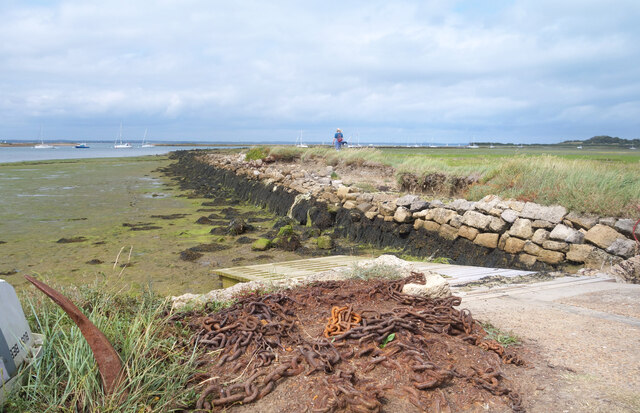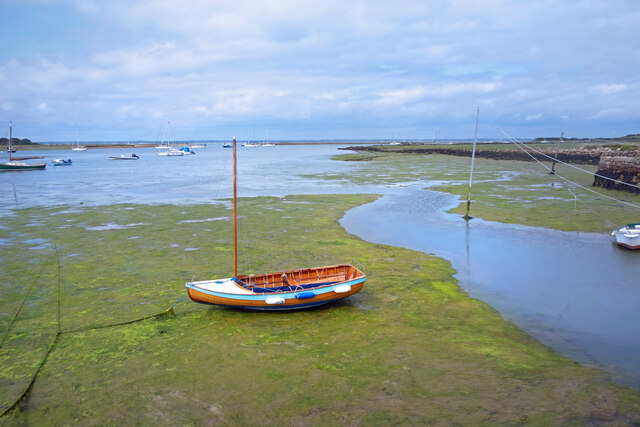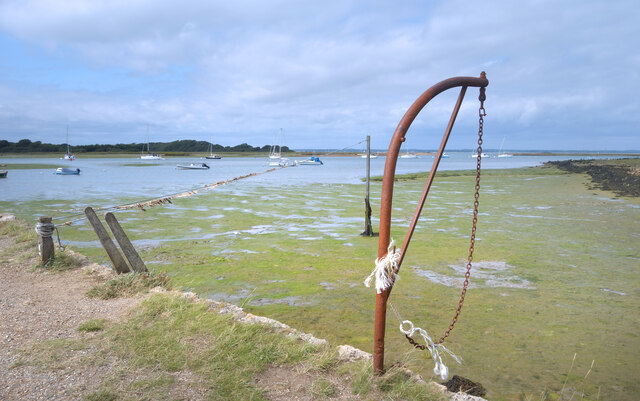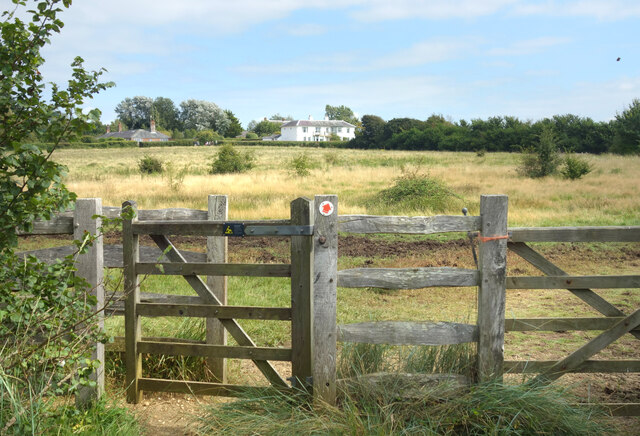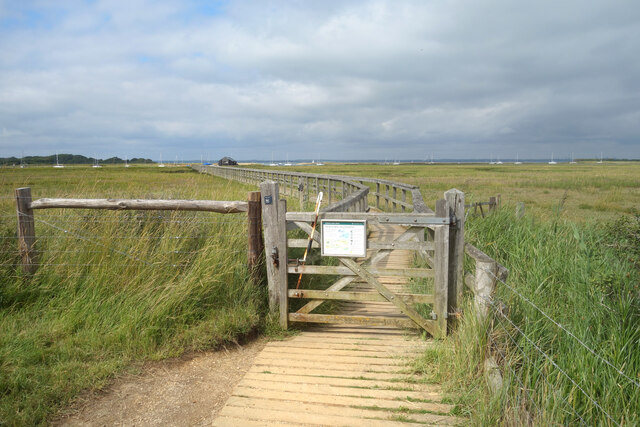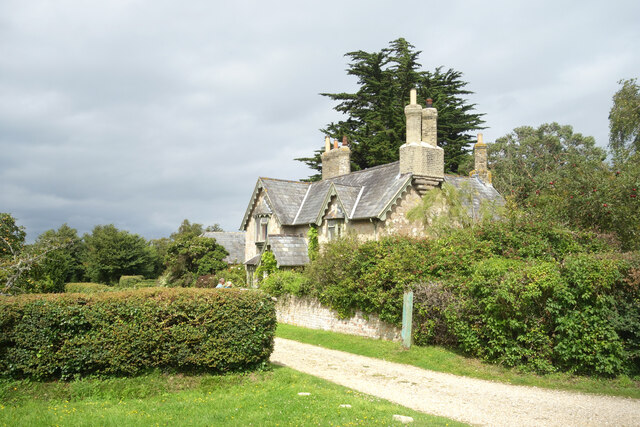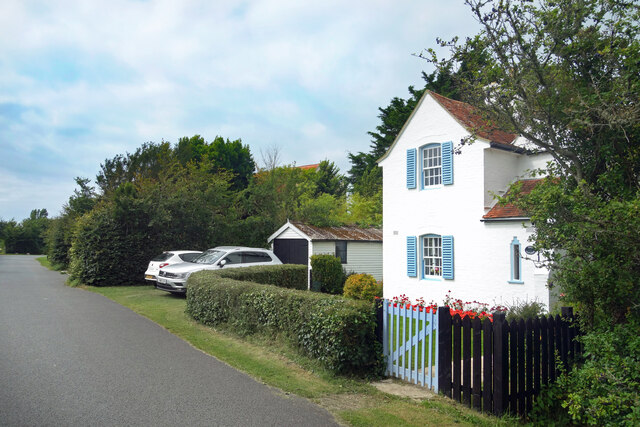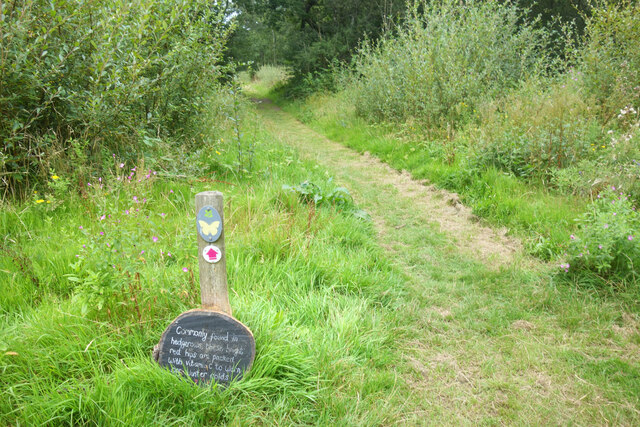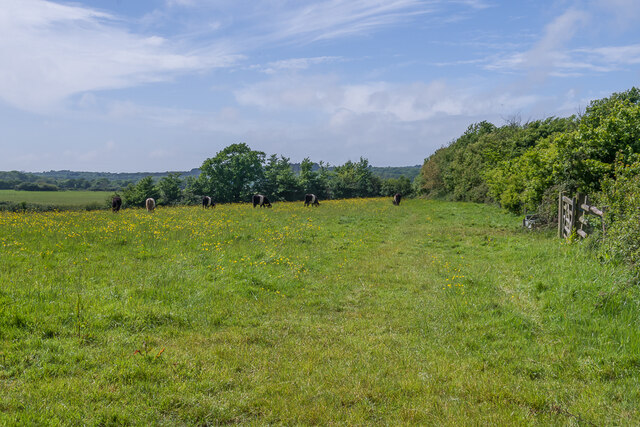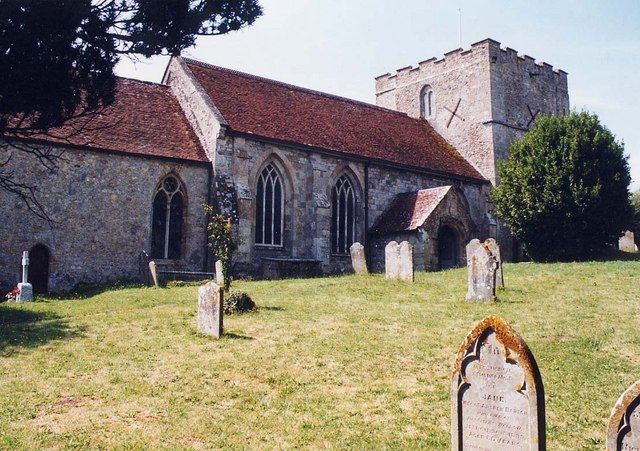Shalfleet Lake
Sea, Estuary, Creek in Hampshire
England
Shalfleet Lake
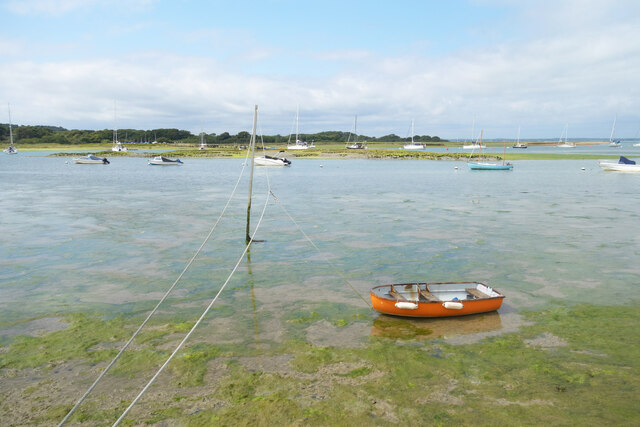
Shalfleet Lake, located in Hampshire, England, is a picturesque body of water that encompasses the characteristics of a sea, estuary, and creek. Covering an area of approximately 130 hectares, the lake is situated within the West Wight region of the Isle of Wight, providing a tranquil and scenic environment for both locals and visitors.
As a sea, Shalfleet Lake is connected to the Solent, a strait separating the Isle of Wight from mainland England. Its close proximity to the sea allows the lake to experience tidal influences, resulting in a dynamic ecosystem. During high tide, seawater flows into the lake through a narrow channel, bringing with it a diverse range of marine life, including fish, crabs, and mollusks.
At low tide, the lake transforms into an estuary, with a vast expanse of mudflats and salt marshes revealed. These mudflats serve as a feeding ground for a variety of wading birds, such as herons, egrets, and curlews, making it a popular spot for birdwatching enthusiasts. The salt marshes, rich in marine vegetation, also provide an important habitat for various species of plants and animals.
Shalfleet Lake is also classified as a creek, as it is formed by the convergence of several smaller watercourses, including the Caul Bourne and the Ningwood Stream. These tributaries contribute to the overall diversity of the lake's ecosystem, as they bring freshwater and sediments from the surrounding countryside.
Overall, Shalfleet Lake offers a unique blend of marine, estuarine, and freshwater environments, making it a haven for wildlife and an idyllic destination for nature enthusiasts seeking to explore the natural beauty of Hampshire.
If you have any feedback on the listing, please let us know in the comments section below.
Shalfleet Lake Images
Images are sourced within 2km of 50.70958/-1.4131351 or Grid Reference SZ4190. Thanks to Geograph Open Source API. All images are credited.
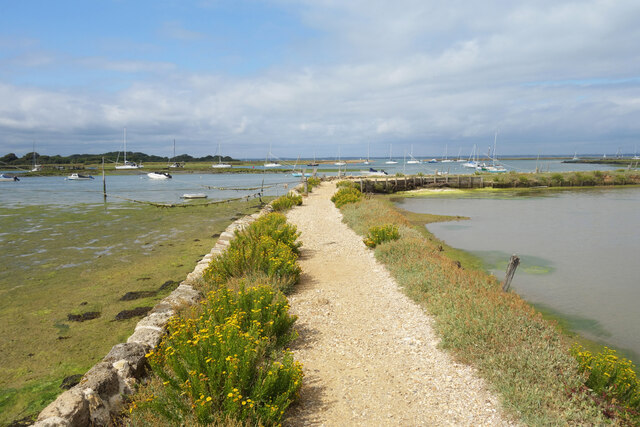
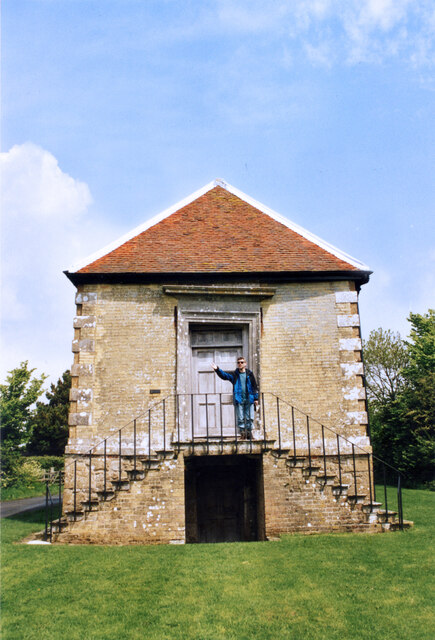
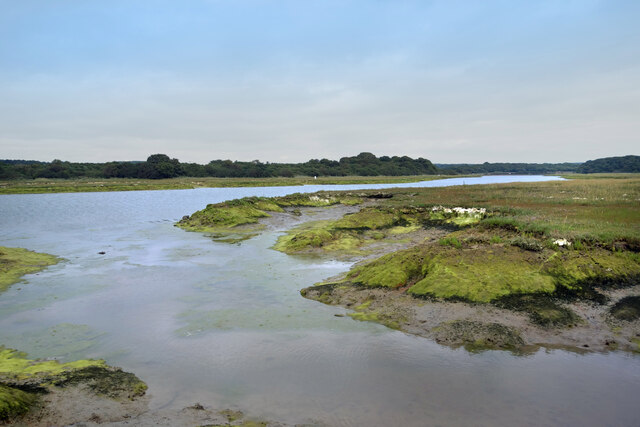
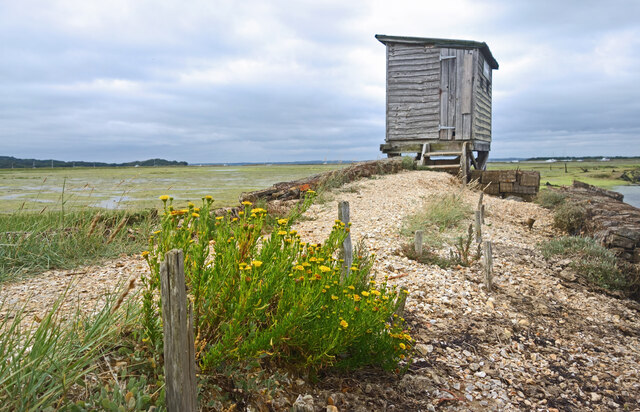
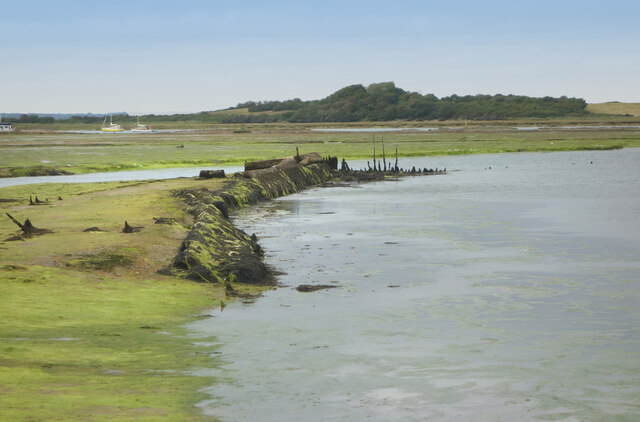
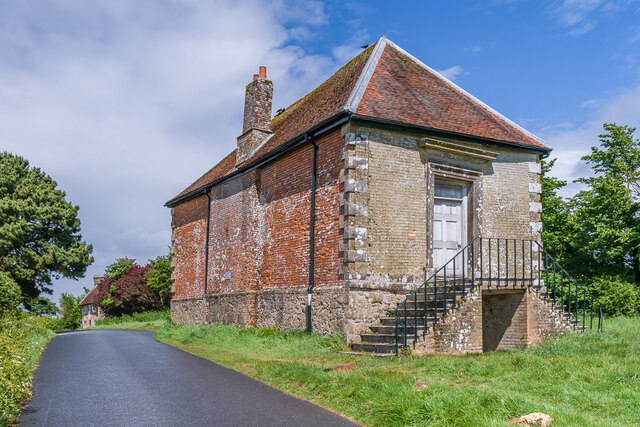
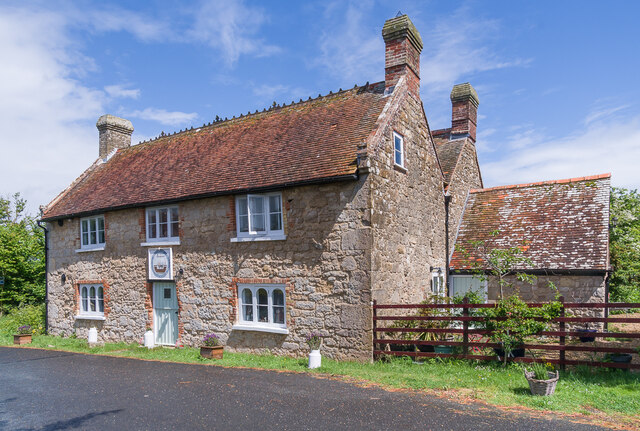
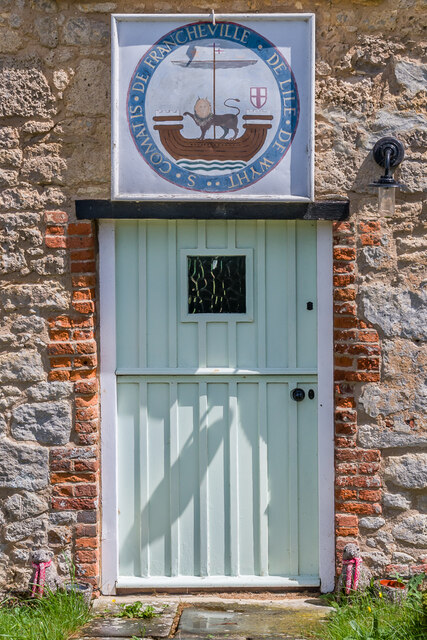
Shalfleet Lake is located at Grid Ref: SZ4190 (Lat: 50.70958, Lng: -1.4131351)
Unitary Authority: Isle of Wight
Police Authority: Hampshire
What 3 Words
///sensual.rattler.trapdoor. Near Shalfleet, Isle of Wight
Nearby Locations
Related Wikis
Holy Spirit Church, Newtown
Holy Spirit Church, Newtown is a parish church in the Church of England located in Newtown, Isle of Wight. == History == The church dates from 1835 by...
Newtown Old Town Hall
The Old Town Hall is a municipal building in the High Street in Town Lane, Newtown, Isle of Wight, England. The structure, which is used as a tourist attraction...
Shalfleet
Shalfleet is a village and civil parish on the Isle of Wight. it is located between Yarmouth and Newport in the northwest of the island. == Background... ==
Church of St Michael the Archangel, Shalfleet
The Church of St. Michael the Archangel, Shalfleet is a parish church in the Church of England located in Shalfleet, Isle of Wight. == History == The church...
Nearby Amenities
Located within 500m of 50.70958,-1.4131351Have you been to Shalfleet Lake?
Leave your review of Shalfleet Lake below (or comments, questions and feedback).
